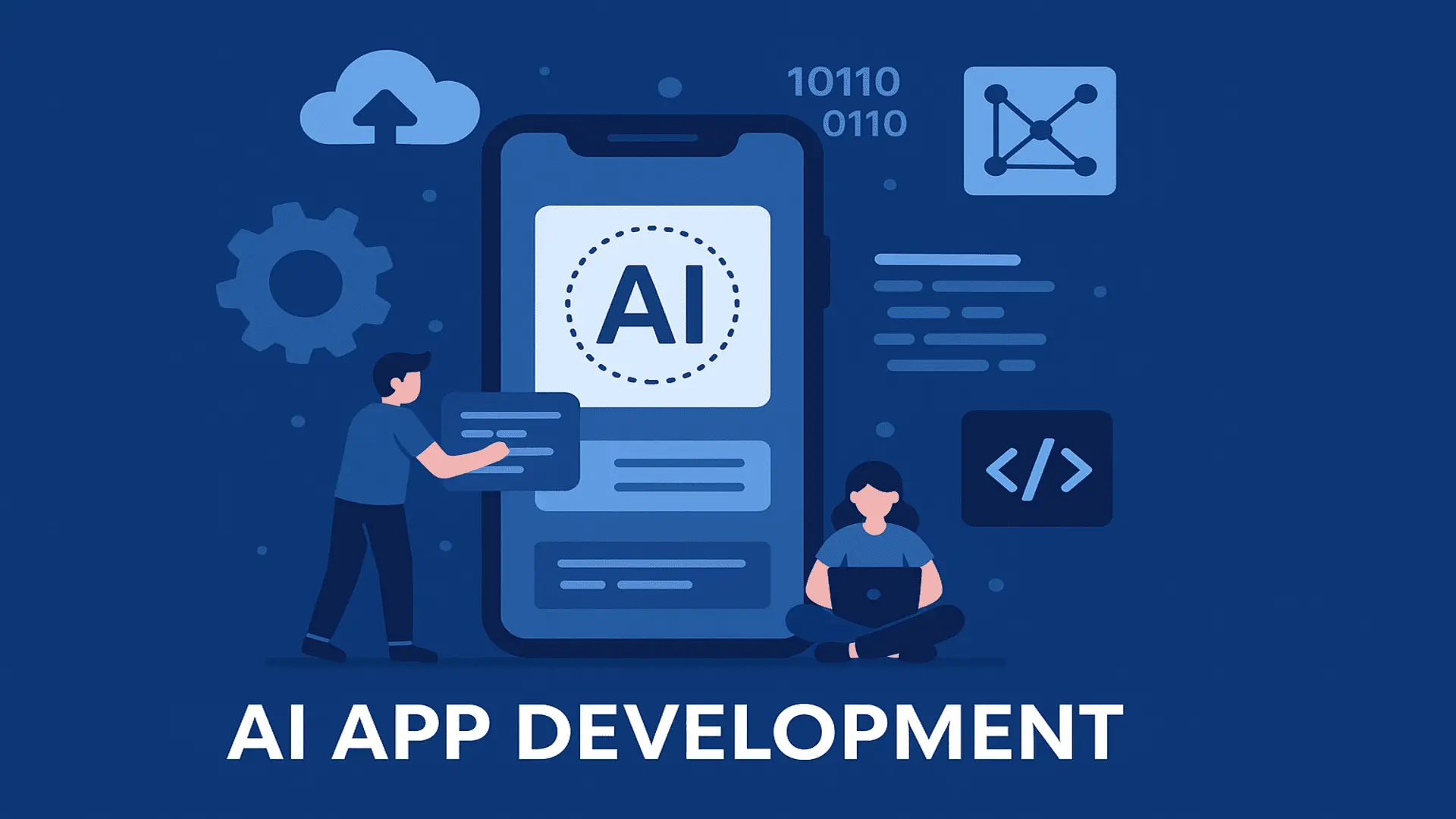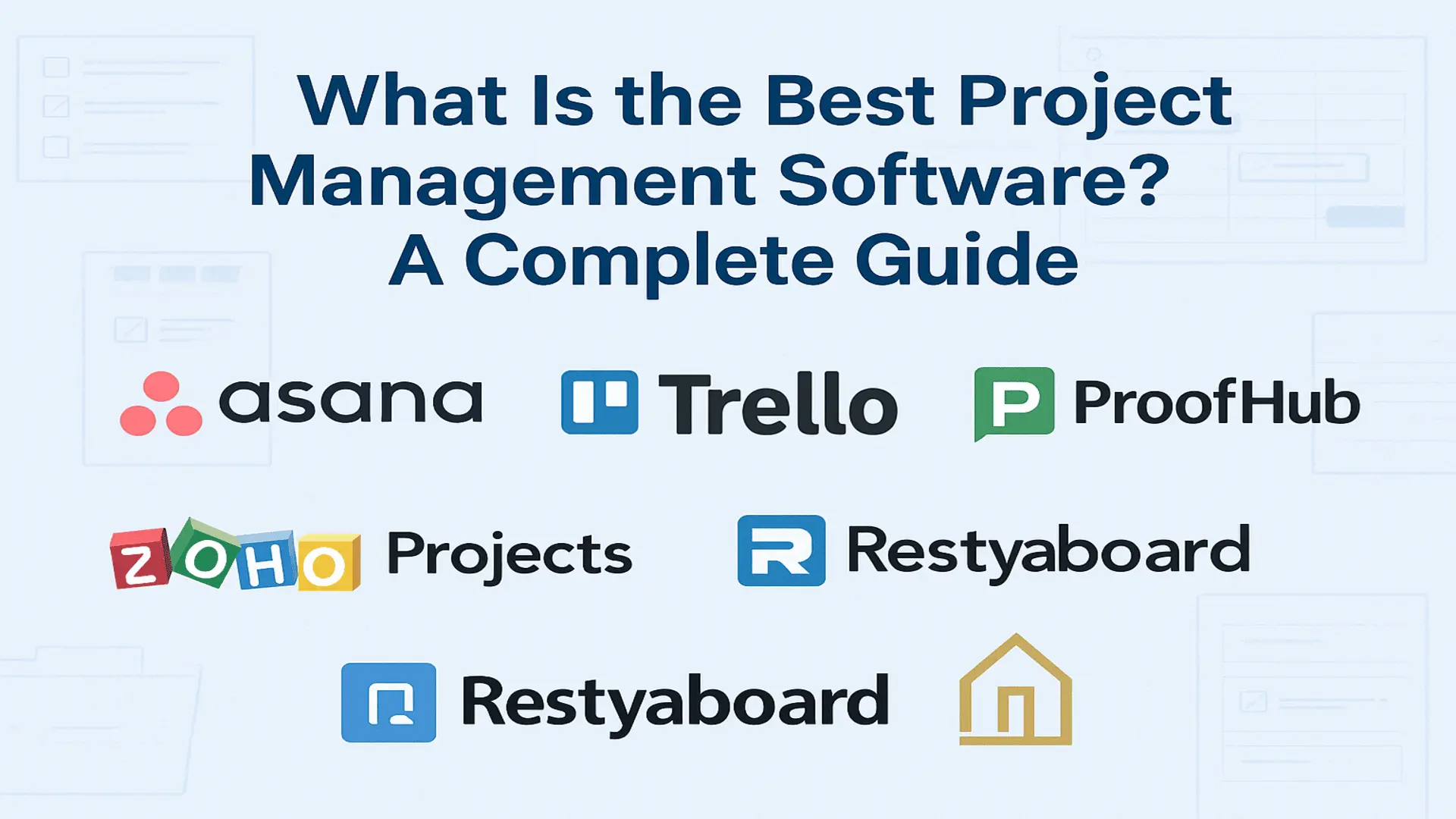How to Choose CTMS that Will Improve the Quality of Your Research

Due to the sheer importance and efficiency of its results, the clinical trial management system (CTMS) is becoming more widely used across the world. It reduces the amount of money spent on clinical trials management. According to reports, the CTMS market’s worth would increase from $570 million in 2019 to $1.4 billion by 2026. The rising usage of CTMS in clinical trials, as well as the growth in research and development (R&D) expenditures of contract research organizations (CROs) and clinical study sponsors, are driving the unprecedented rise of CTMS systems.
According to Market Research Future, the rapid expansion of COVID-19 is another key driver in the demand for CTMS platforms, with the clinical trial market growing at a 5.7 percent compound annual growth rate from 2019 to 2023.
Professionals may quickly access consolidated data using CTMS healthcare systems, minimizing the number of delayed trials. It can also manage site recruiting and identification while also maintaining control and tracking of the subjects’ database and enrollment. This post will walk you through five stages to finding a CTMS solution that will improve the quality of your research.
Make a list of the most important requirements for your studies.
Consider and prioritize your study needs as one of the first steps in selecting the best CTMS. When faced with difficult options, prioritizing enables you to discover a solution that improves the study’s quality and removes researcher concerns. While many suppliers claim to offer all of the features and functions needed to conduct CTMS clinical trials, the majority of them lack end-to-end plugins for tracking and managing such procedures.
CTMS platforms with dependable patient recruiting features can help researchers coordinate with site locations for clinical studies. A comprehensive end-to-end system with built-in integrated payment capabilities should be chosen by CROs and research sponsors. In any case, the appropriate CTMS can make data entry intuitive and consistent for researchers. This implies that the CTMS solution should be simple to use, well-organized, and well-designed to minimize the number of clicks required to complete a task.
It should also have template-driven reporting plugins that can take raw data, assess it, and show it in a manner that administrators and researchers can comprehend. The CTMS merits of employing template-driven solutions are critical in handling study-specific variants efficiently and swiftly generating clinical projects.
Choose CTMS Systems that has several different integrations.
Since they ensure that research methods run well, integrated CTMS systems provide the most bang for your dollars. Integrations are essential for realizing the relevance and advantages of clinical trial management software because they ensure smooth transitions between site operations and data collection. It’s advantageous if you already have a connection to EDC.
Find CTMS solutions that can connect to the Clinical Research Process Content (CRPC) billing grid to make sending complicated research billing definitions to an EMR platform a breeze. This connection allows all team members participating in billing and research to use similar billing designations to assure compliance and eliminate the need for duplicate processes in your EMR and CTMS systems.
Most CTMS offer billing and other financial system connections to make invoicing easy, while others don’t. General ledger system interfaces simplify the submission of research activity-related invoices to the public ledger and the reconciliation of such payments within the CTMS. It also enables your finance team to monitor the status of your procedure and act fast and efficiently on the information.
Ascertain that the system is secure and compliant.
System compliance and security are important features of CTMS solutions because they establish trust and are part of the system’s responsibilities in the niche it serves. Although CTMS solutions are designed to comply with regulations, the institution’s IT infrastructure, staff practices, and standard operating procedures all play a role in ensuring compliance.
Clinical research organizations must comply with a plethora of complicated laws, with one of the most difficult areas of principles being information security and privacy. Ascertain that the CTMS platform can establish both individual and group permissions, as well as that the hosted systems have a data backup and recovery strategy. This way, you’ll be able to learn about the consequences of privacy and data security in research and predict potential issues at each stage of the project.
An audit trail can also aid by providing evidence and history that can be utilized to validate operational or security operations and decrease risks. By supplying data for audit inquiries, audit trails can help reveal areas of non-compliance. For the CTMS platform to improve the trial status and financial transparency, it must comply with the Health Insurance Portability and Accountability Act (HIPAA) and the Code of Federal Regulations (CFR) Part 11 on system security.
Custom AI Software Development Solution For Enterprises
It’s Important to Have Scalability
As a clinical trial company, expanding to enhance income is always an option. This expansion might come through the addition of many new trial locations across the world and in the United States, as well as the inclusion of trials at current locations. Selecting a scalable CTMS that can accommodate various forms of growth helps you to quickly respond to trends and surges in demand while decreasing maintenance costs and improving user agility. Scalability also entails greater data storage and security. You can utilize a SaaS solution instead of managing an ever-growing collection of hard discs.
This guarantees that it can meet your required specifications without incurring the upfront costs of expanding a physical infrastructure. Many SaaS firms host their products in the cloud, which necessitates collaborating with a third-party cloud provider to store and host each client’s CTMS solution.
Recognize the vendor’s level of assistance.
The organization is making a big transformation by implementing a CTMS platform. In various phases of the study, even with proper training, every researcher will have questions or requests. Choose a provider with a top-notch Customer Success Team to guarantee that you aren’t underutilizing or inefficiently utilizing the product.
An industry-standard CTMS provider should offer specialized training and tutorials so that research groups may benefit from this cutting-edge software. The amount of training you receive will be determined by your researchers’ degree of technical expertise as well as the solution’s intuitiveness and ease of usage. Due to the high incidence of user attrition, training frequency may be increased. Your CTMS provider should also solicit user input and roll out new versions following your changing needs. Set up a reliable communication route and feedback system so that users can automatically submit their feedback and have a say in the roadmap’s growth.
Working with a CTMS business that pays attention to your preferences and inclinations can relieve you of the effort of training and retraining to boost adoption rates.
Selecting the Most Appropriate CTMS Systems
Conducting a good clinical study requires following several levels and protocols. This involves depending on cross-departmental processes and procedures, stringent quality controls, and rigorous adherence to laws. Researchers and employees can use electronic data gathering, regulatory files, and financial management tools with the proper CTMS.









